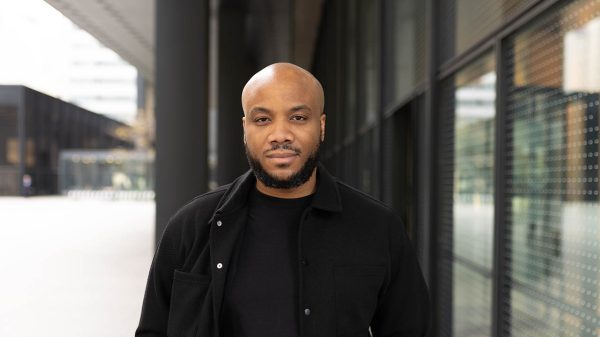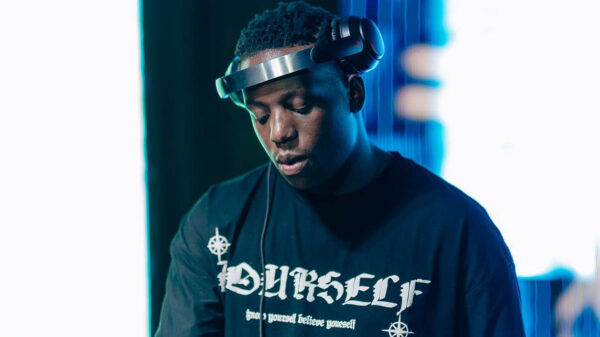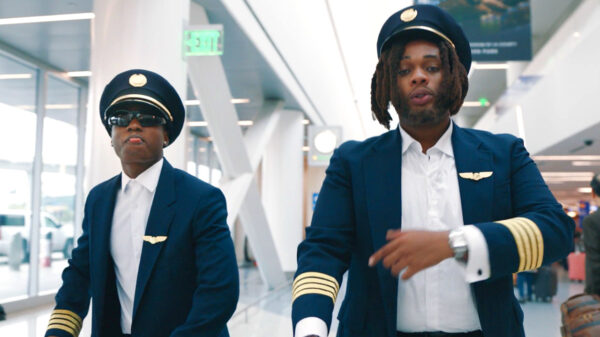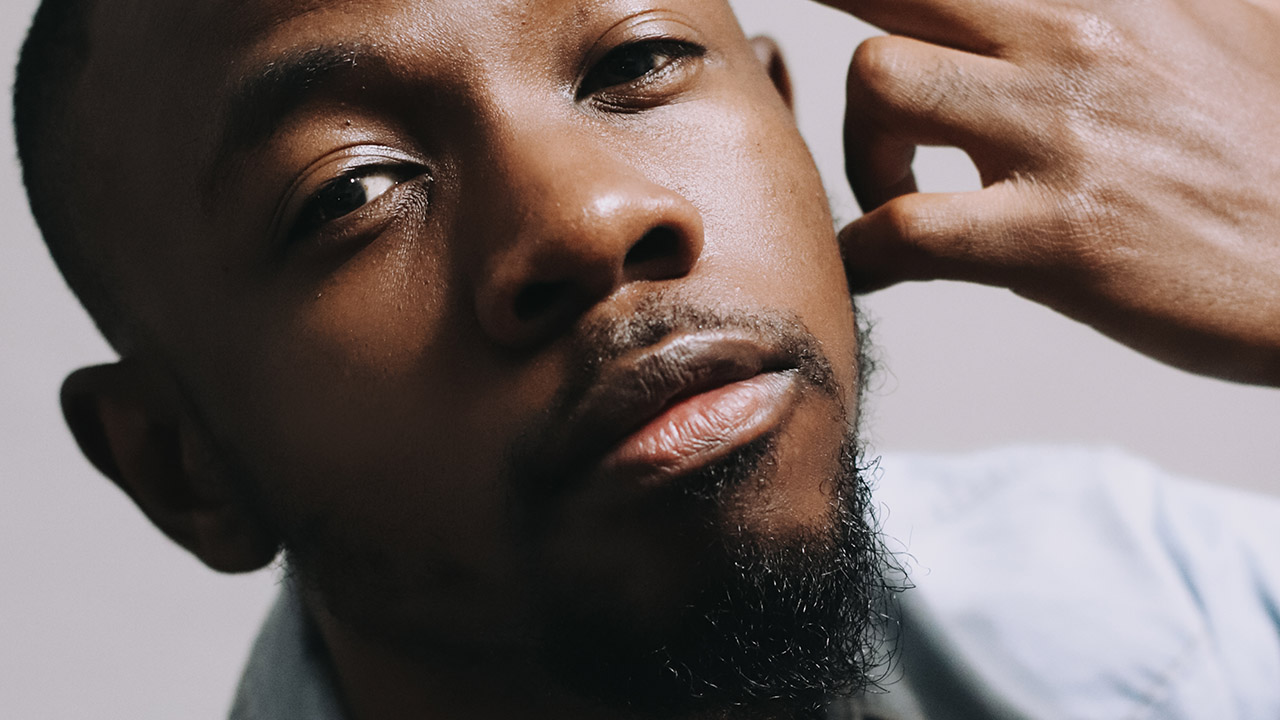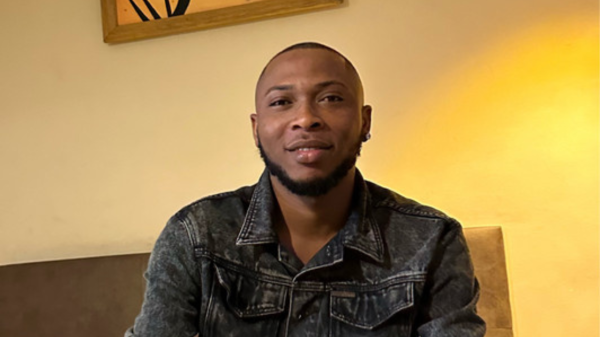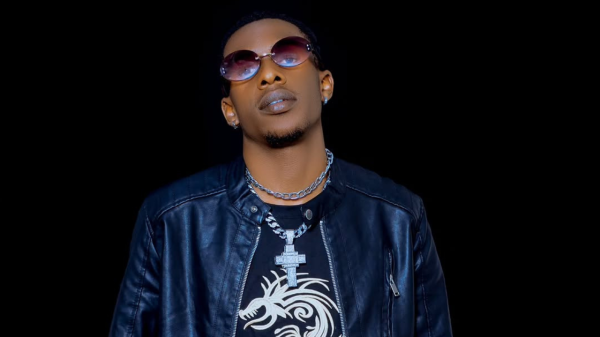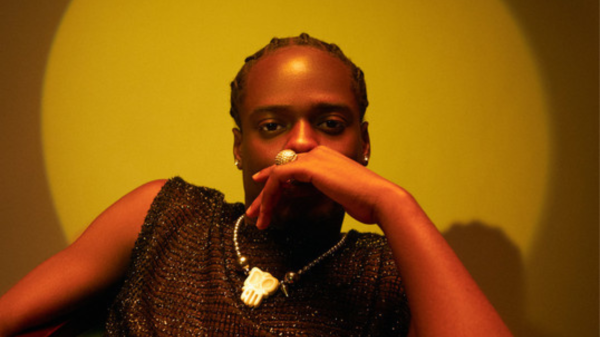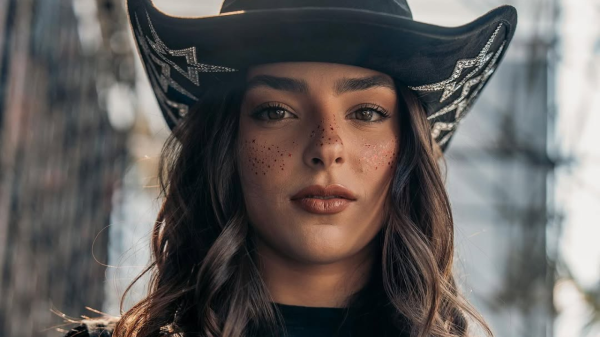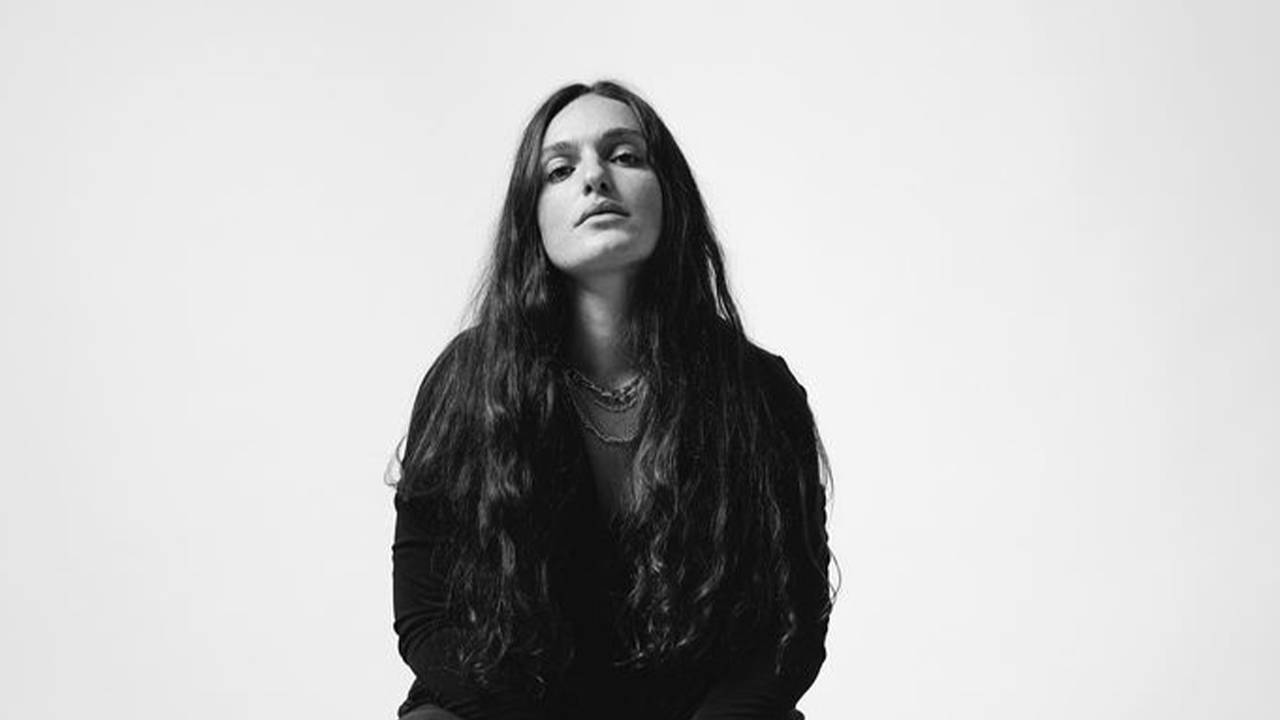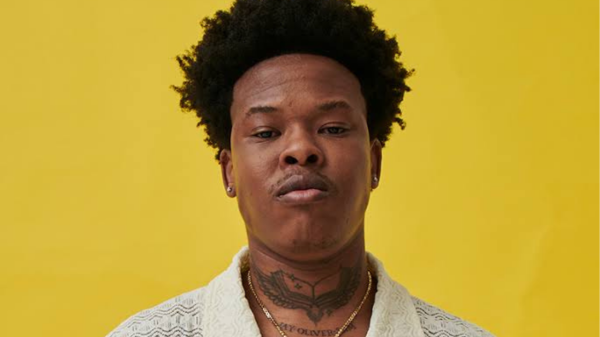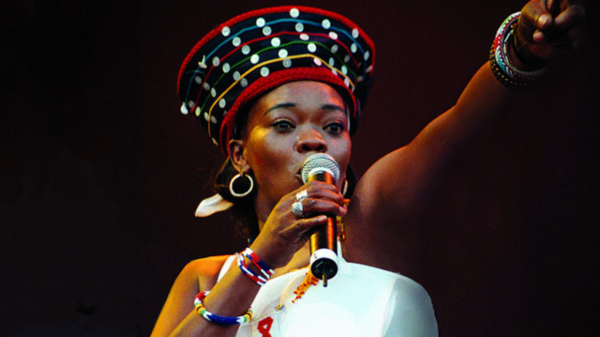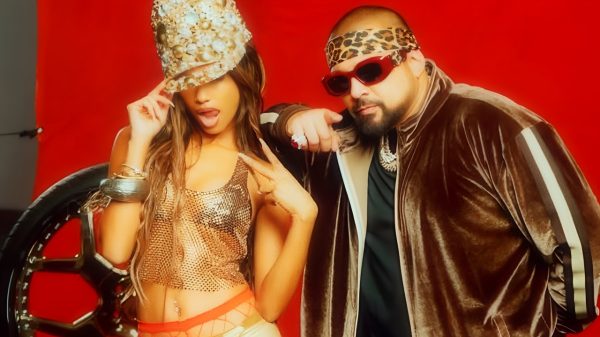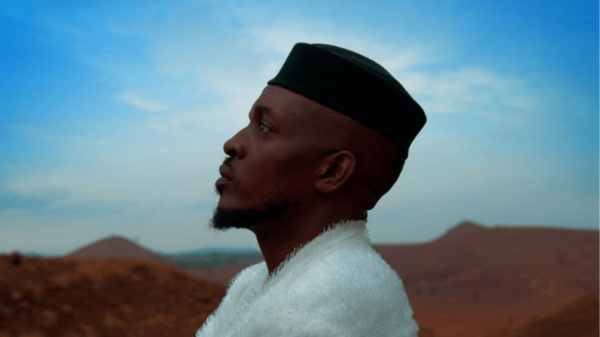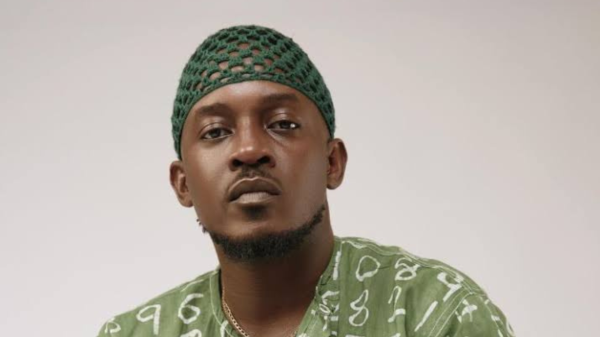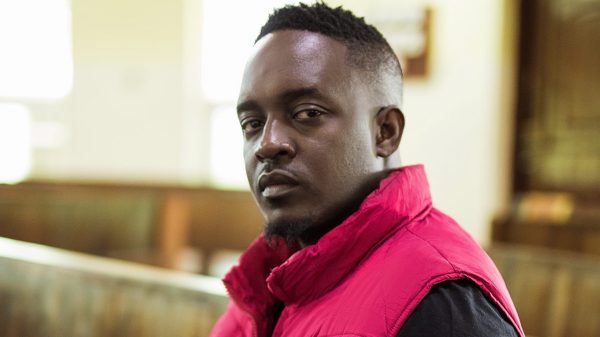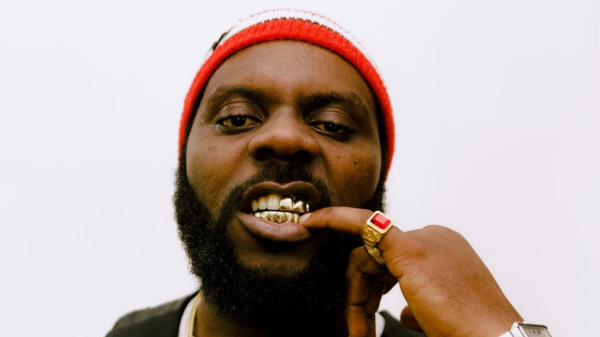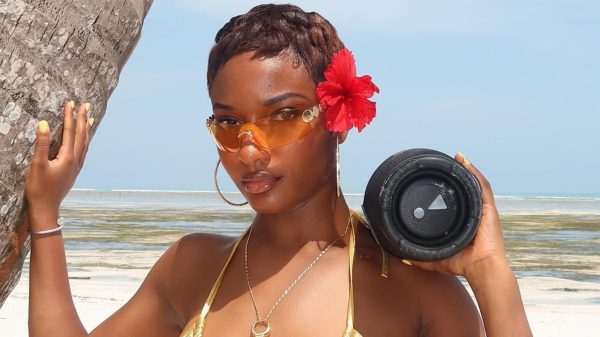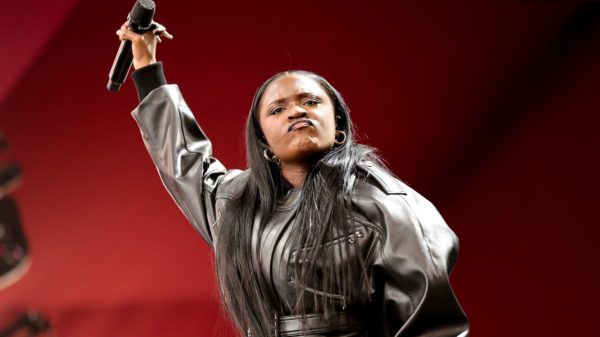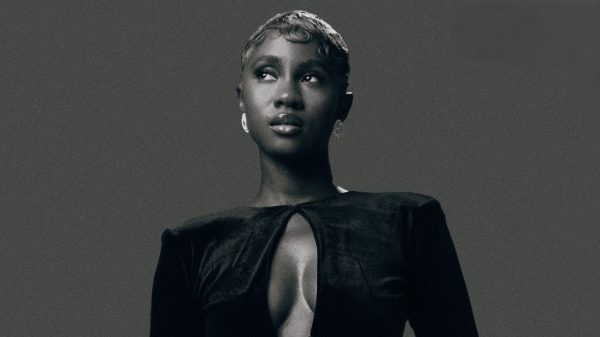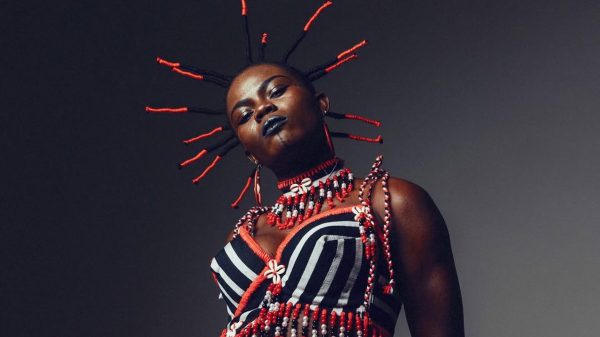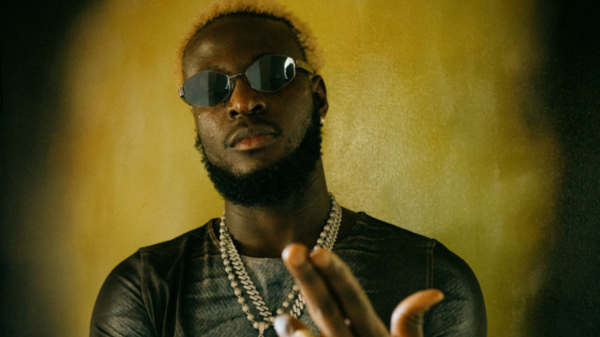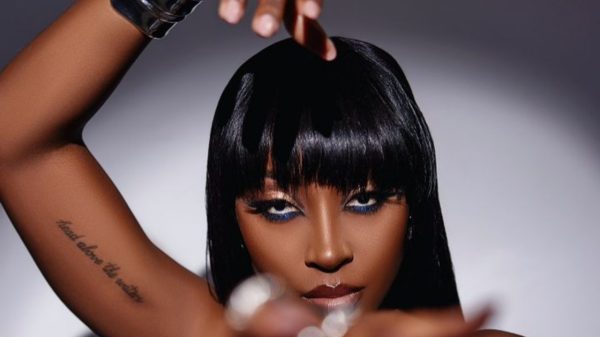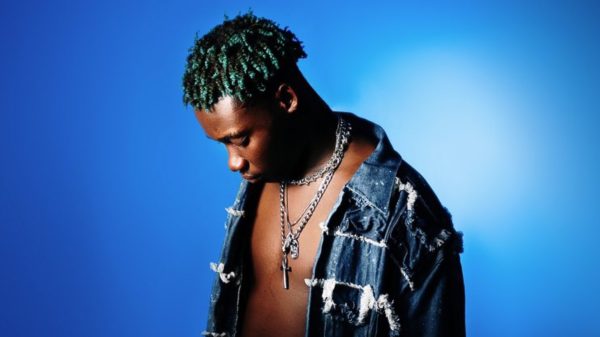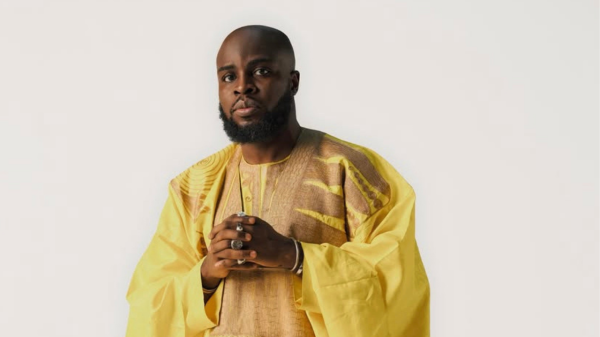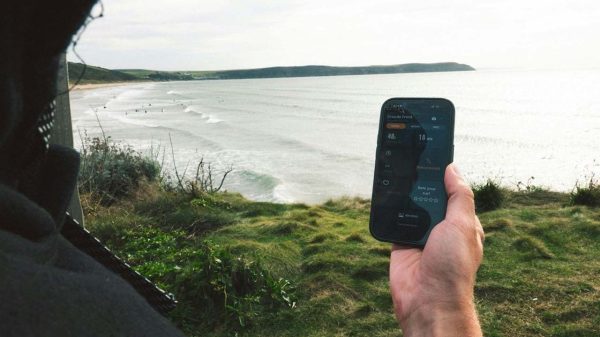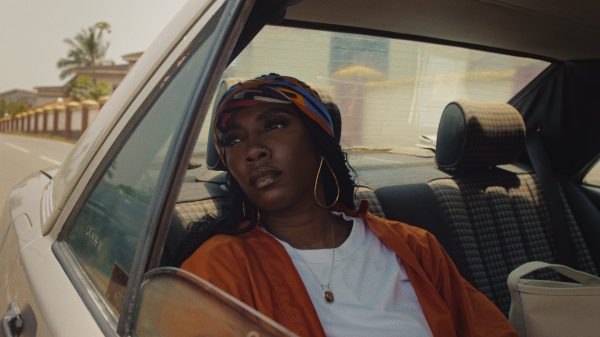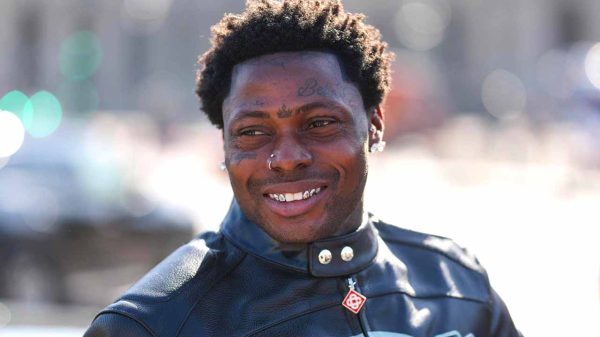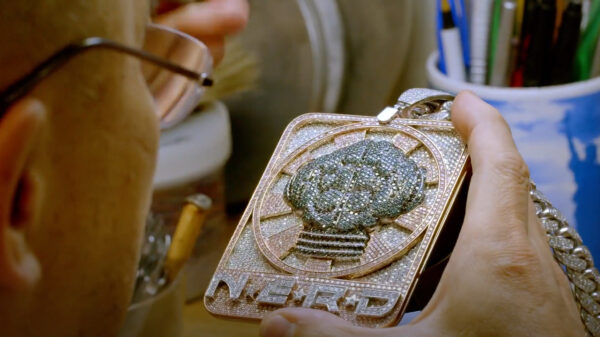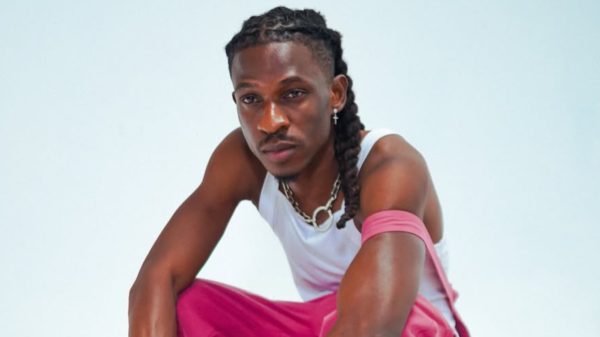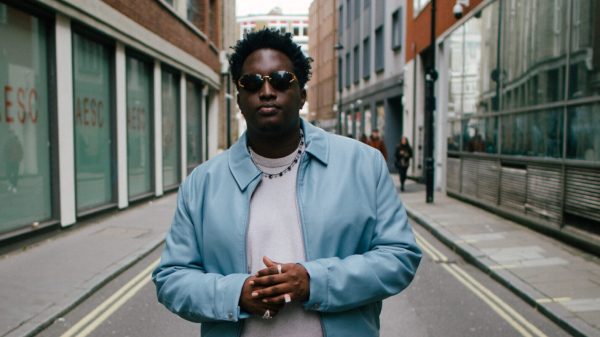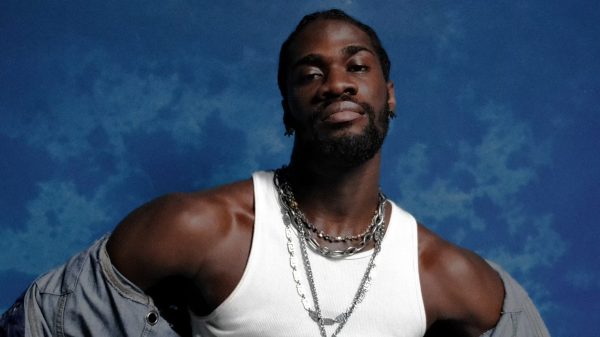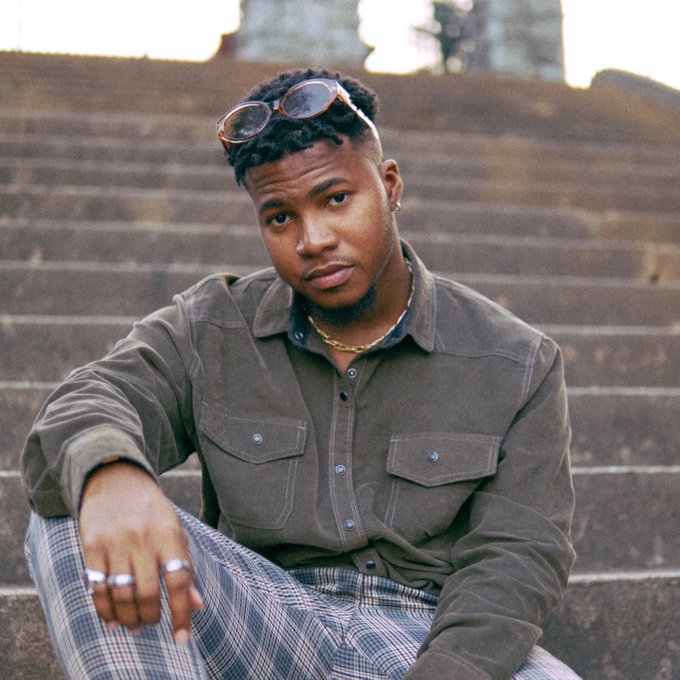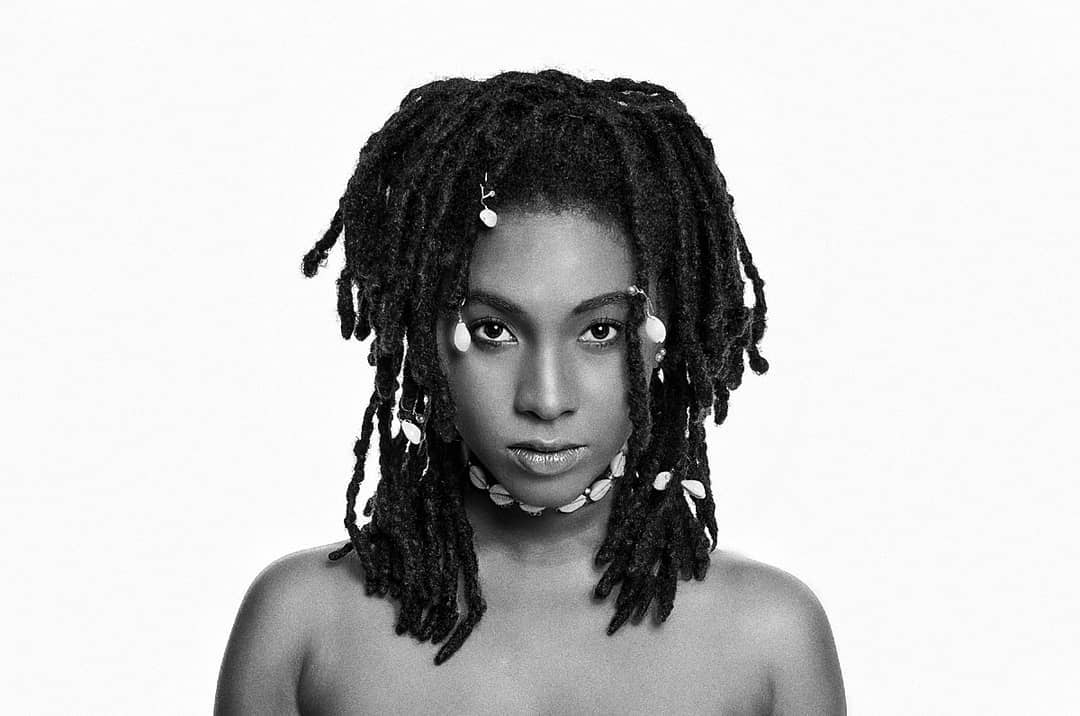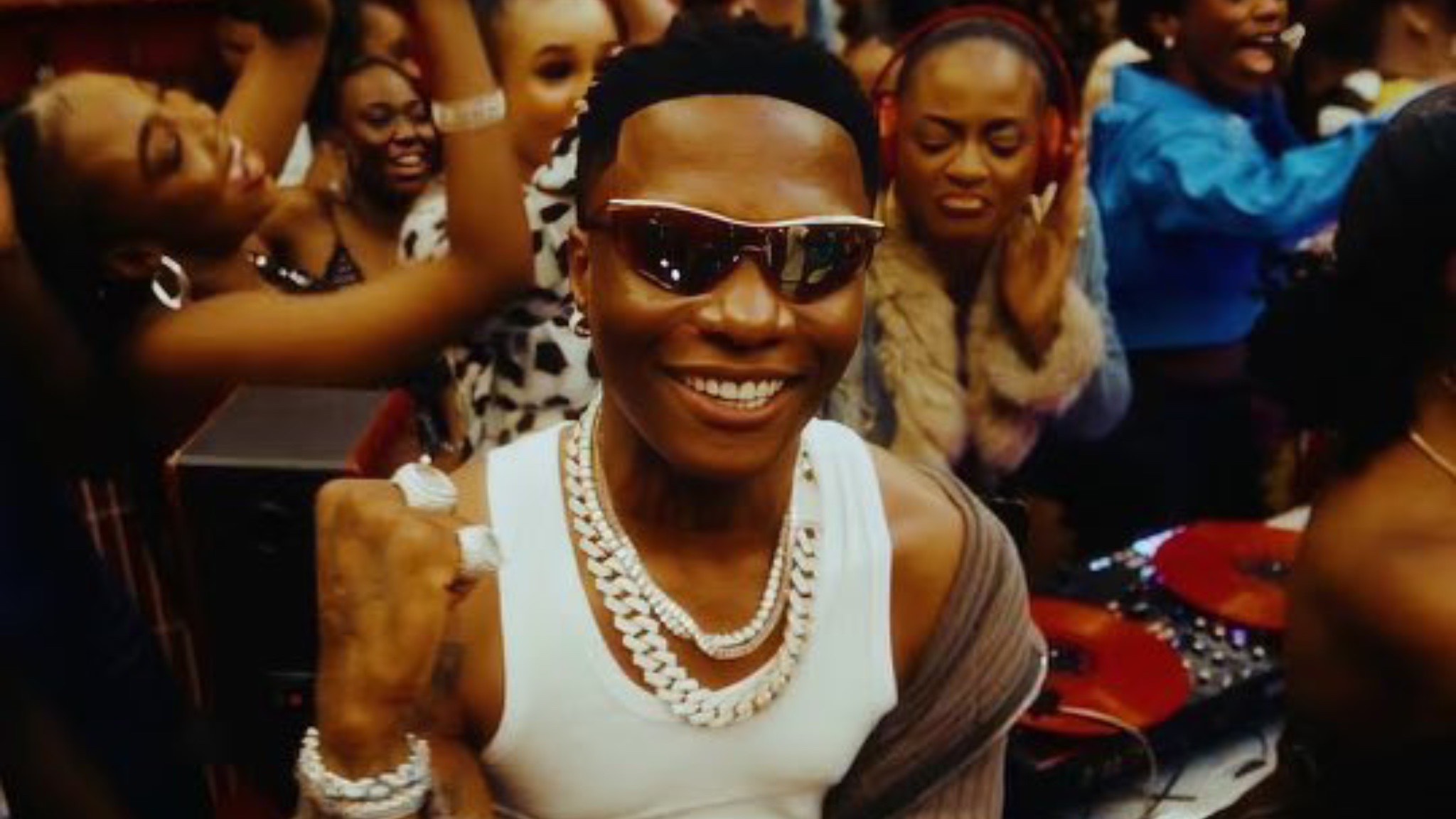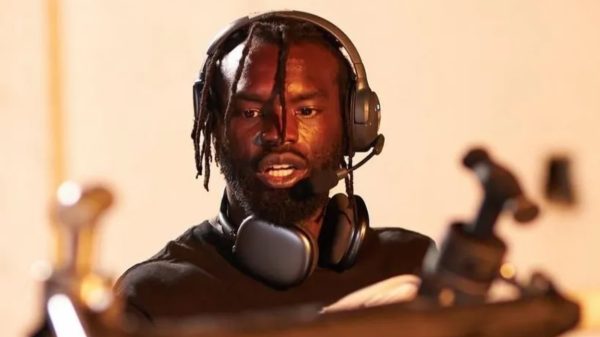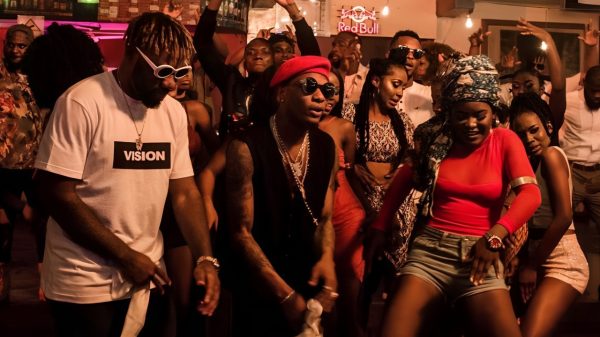Music video directors often help bring an artist’s vision to life, but sometimes, the most authentic visual storytelling comes straight from the artist themselves.
The Afrobeats scene has, for quite some time, been blessed with gifted music directors who have transformed music videos into visual spectacles. From the golden era of pioneers like Clarence Peters and Sesan to the present day, where the space is dominated by talents like TG Omori, Dammy Twitch, Director Pink, and Director K, these creatives have established themselves as some of the best Nigerian music video directors of all time.
In recent years, however, a growing number of Afrobeats artists have stepped behind the camera, choosing to direct their music videos and infuse their visuals with personal flair, cultural texture, and creative depth.
From intimate love stories to satirical takes on pop culture, these self-directed visuals showcase the artists’ unique perspectives, not just as musicians but as visionary storytellers.
Here are 10 of the best self-directed music videos that prove Afrobeats stars know how to tell their own stories, frame by frame.
1. Burna Boy – Last Last
Burna Boy co-directed the music video for his global hit Last Last, a deeply personal track built around a Toni Braxton sample. Shot partly in his own home, the video captures both the grandeur and isolation of Burna’s superstar lifestyle, interweaving tour footage, intimate moments, and clips from his Madison Square Garden performance. While the visuals may appear like a collage of casual snippets, the raw authenticity and layered symbolism mirror the emotional depth of the Love, Damini album.
2. Wizkid – Kese (Dance)
Known for his minimalist approach to music visuals, Wizkid surprised fans by co-directing Kese (Dance) off his Morayo album. While the video doesn’t explode with energy as the title might suggest, it opts for restraint. Opening with dancers performing on a stage, the video lets the choreography shine while Wizkid coolly observes in the background. It’s simple, yet carefully composed, mirroring the artist’s recent creative direction and his tendency to let the music do the heavy lifting. The fact that it was directed by Wizkid himself automatically earns it a spot on our list of the 10 Essential Wizkid Videos of All Time.
3. Adekunle Gold – Obimo
Adekunle Gold’s love for visual art shines through in Obimọ, a soft, emotionally grounded video that he co-directed with Ceojay. Eschewing typical tropes—no video vixens, no flashy gimmicks—the video is rooted in storytelling and emotional realism. Gold features real-life couples like Tobe and Fat Nwigwe and siblings Taye and Toni Tones, capturing genuine moments of affection and connection. The video is calm, deliberate, and intimate—just like the song.
4. Rema – Charm
Rema’s creative ambition was on full display with Charm, a co-directorial effort with Perliks that earned a nomination for Music Video of the Year at the 17th Headies Awards. The video channels the song’s seductive energy into a vivid, sensory-driven visual experience. Featuring sultry model Pride Evy, the video builds an atmosphere of allure and obsession. From stylized lighting to hypnotic pacing, Rema crafts a world where temptation and desire blur into art. A strong contender for our list of the 10 Essential Rema Music Videos of All Time—though it narrowly missed the final cut.
5. Tems – Me & U
Tems’ directorial debut with Me & U is a seamless extension of her sonic world—vulnerable, atmospheric, and emotionally grounded. The video begins in confined, intimate spaces before transitioning into vast, open landscapes, mirroring the emotional arc of the song. With fluid camera work and subtle visual metaphors, Tems visualizes her personal letter to a lover with simplicity and grace. The natural scenery, subdued color palette, and cinematic pacing reflect the introspective quality of the track. For a debut, it’s remarkably confident.
6. Blaqbonez – Back In Uni
Only Blaqbonez could turn a budget constraint into a viral masterpiece. After publicly joking about not being able to afford TG Omori’s $30,000 fee, Blaqbonez co-directed Back In Uni with Perliks—and created one of the most talked-about videos of the year. The video is a satirical goldmine, as Blaqbonez impersonates a slew of Nigerian stars and pop culture moments—from Oxlade’s COLORS performance to Wizkid’s Bad To Me aesthetic. The video, though hilarious and brilliant in execution, shows that DIY doesn’t mean low quality; it means more personality.
7. Shatta Wale – Sleepless Nights
In Sleepless Nights, Ghanaian dancehall star Shatta Wale strips everything down. Self-directed and set in a single, dimly lit room, the video rejects spectacle for solitude. There are no aerial shots, no elaborate costumes—just raw, contemplative presence. The simplicity works. With a subdued palette and an introspective vibe, Shatta Wale channels the emotional weight of sleeplessness into something visually honest.
8. Cruel Santino – Rapid Fire
Cruel Santino (formerly Santi) is known for bending genre boundaries, and with Rapid Fire, he also bends visual expectations. Co-starring Shane Eagle, Tomi Agape, and Amaarae, the self-directed video embraces a gritty, gang-themed aesthetic that mirrors the song’s hazy mystique. Shot like an indie film with stylized costumes and moody lighting, the video positions Santino as both protagonist and world-builder. Cameos from Odunsi and Zamir—real-life collaborators and friends—add authenticity to the dystopian world he creates.
9. Asa – Murder in the USA
Asa’s Murder in the USA, co-directed with Sesan, plays like a short psychological thriller. The video tells the story of a relationship unraveling into violence and betrayal, ending in a shocking, fatal twist. What sets it apart is how cleanly the narrative is woven into Asa’s melancholic lyrics. From the lovers’ initial bliss to their eventual downfall, the visuals never overplay their hand, allowing the emotion to simmer before it boils.
10. Odunsi (The Engine) – Wetin Dey / Better Days
Odunsi’s double-feature visual for Wetin Dey and Better Days (co-directed with Ademola Falomo) is training in duality. The first half pays homage to early 2000s Nigerian music video tropes—sunny vibes, colorful fashion, nostalgic flair — another music video inspired by the Nollywood and Ghallywood’s Y2K Era. Then, halfway through, the tone flips. Better Days embraces moody, red-tinged lighting, horror-inspired imagery, and somber nighttime scenes with Wani. The contrast between the two halves is sharp yet cohesive, showing Odunsi’s ability to jump eras and emotions with precision.

